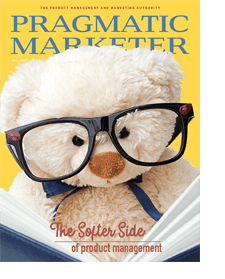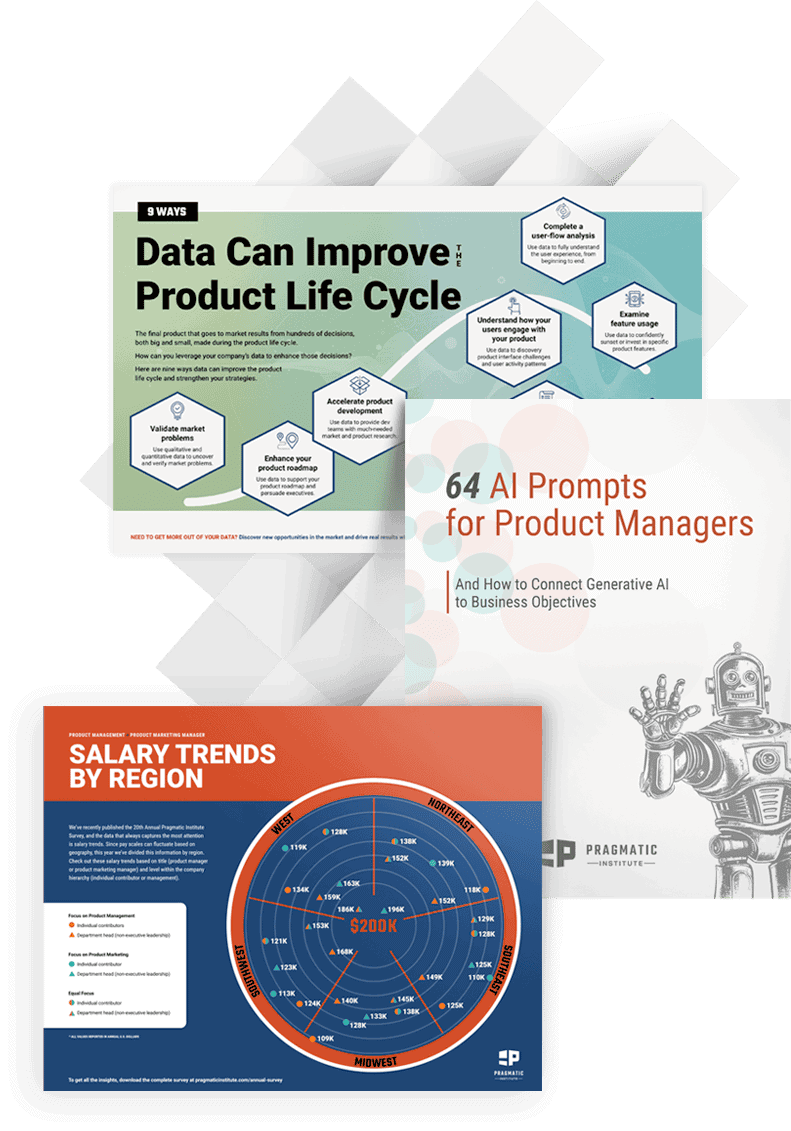 Raise your hand if you’ve ever heard someone who works for a giant company say, “It still feels like a startup here.”
Raise your hand if you’ve ever heard someone who works for a giant company say, “It still feels like a startup here.”
Yes, I roll my eyes when I hear it too, and not because there’s anything wrong with big companies. It’s just that so much of the startup experience can’t be re-created in a big company. Not only is it impossible for everybody to know everybody else in a big company, but the fear of whether the business will be around next year just isn’t there. You don’t get concerned questions from family members for taking a job at IBM.
All of that aside though, the difference that’s most obvious to us at UserMuse is that we never hear startups say, “We’ve already got lots of customers and we get all the feedback we need from them.” Unfortunately, we hear this often from product teams at larger companies.
This is where the “we’re just like a startup” myth crumbles. Once you’ve stopped looking beyond the people you already know for problems that need solving, you’ve not only stopped behaving like a startup, you’ve made a decision to be vulnerable to disruption.
Why Product Teams Stop Talking to Potentials
Across the hundreds of conversations we’ve had this year with product teams (both customers of ours and not), here are the recurring themes we’ve heard as reasons for not engaging the market beyond their customers.
Customers Provide Lots of Feedback
Most product teams could easily fill their roadmap for the next year with enhancement requests from customers alone. Account managers and customer success teams provide a steady stream of feature gaps identified by people who write checks. When a paying customer calls out a problem, it’s hard not to prioritize it. Of course, the more customers you have, the more problems they’ll find.
Talking to Potentials Is Hard
Most businesses started with the founders fielding surveys, leveraging their personal networks, cornering prospects at conferences or stopping people on the street—whatever they had to do to get market validation. Getting feedback from strangers takes more hustle than smarts, and the hustle loses appeal as the customer base grows. Talking to customers is easier and faster. And since every product team is strapped for time, hitting up the usual suspects beats hitting the pavement and building new relationships.
User Analytics Provide Cover
We’ve all benefited from the evolution of user analytics tools, but they can also allow us to justify staying at our desk instead of getting out and talking to the market. The more we measure, the more opportunities we find to polish the product. There’s only so much space on the roadmap, and once it’s filled with UX enhancements, there’s no point in hunting for new problems you don’t have the bandwidth to address.
Occasionally we hear these lines from successful startups, but usually it’s coming from an established name in the industry. Here’s why it’s a mistake.
Why Product Managers Need to Talk to the Market
Reason 1. We’re Failing at Our Most Important Job
Enterprise software companies in North America spent over $3 billion on product management and market research in 2016. That’s a lot to spend on figuring out what to build and whether you got your money’s worth.
In an open-ended survey last year, we asked product managers about their No. 1 problem; a whopping 60 percent said their top challenge was not knowing what to build. And in Pragmatic Institute’s 2017 survey, 35 percent of respondents reported having to add custom features to win a deal in the previous year.
Those numbers point to the same product failure from different sides. If you’re out of touch with the market, you’re much more likely to pinball from one sales fire drill to another. Getting outside the building and outside the customer base is the only way to break the cycle.
Reason 2. Your Customers Don’t Care if You Grow
Occasionally, we hear from a product team that their high-touch relationships with customers keep the backlog well stocked with improvements. I’ve struggled to find a nice way to say, “Your customers don’t care if your business grows by 2 percent or 200 percent next year,” but it’s the truth. Customers, even great ones, care that you’ll be around to provide the services they need at a price they like. They care about their shareholders, not yours.
Part of the art of product management is balancing investments that make current users’ lives better against investments to get more customers. Current users may be great at identifying how you can make their lives better, but they’re not necessarily good advocates for the people you still need to convert. If you don’t actively seek feedback from potentials, you’re betting that what your current customers want will also be what wins over new customers. That should make you nervous.
Reason 3. A Great User Experience Is Not a Strategy
It feels like the enterprise software industry has shifted from treating UX as an afterthought to it becoming a core competency. I’m often surprised by the level of influence the user researchers have at companies I don’t think of as particularly design-driven. And while quantifying the user experience greatly helps refine what we build, it can’t tell us what to build in the first place. Buyers and potentials, two of the three critical constituencies, are invisible to user analytics. User testing is no more a strategy for a software company than Six Sigma is a strategy for a manufacturer.
Reason 4. Customers Resist Big Changes
Relying exclusively on current customers for feedback fosters incrementalism. Think about it like this: When a customer bought your product, the thing it does was a top priority for them. So they signed the deal, implemented your solution and moved on to the next priority. Now that their attention is elsewhere, they just need your product to keep working.
Customers don’t want to retrain their teams if your product changes. As a general rule, they’d rather you not focus on things that don’t benefit them. However, those might be the things your product needs most to expand and keep pace with the innovation occurring in your space. If your product needs major changes to stay competitive, there’s a good chance you won’t hear about it from today’s customers until it’s too late.
Allocate Time
If you’re in a product role, build in time to meet with potentials. It’s an intrinsically worthwhile activity, but one with a value that is uncertain at the outset. That’s the rub: You won’t know what you’re missing if you don’t do it.
But getting all of your market feedback from current customers stakes your product on a risky assumption that today’s customers will provide all the feedback and inspiration you need to build the right product for tomorrow’s customers. Those are not great odds
Author
-

Christian Bonilla, a distinguished Product Leader with 18 years of experience, has made significant contributions at Corporate Executive Board, Sentrana, Inc., Resonate, and more. His expertise spans strategic domains, including UserTesting, SolasAI, and Dotwork. For questions or inquiries, please contact [email protected].
View all posts








